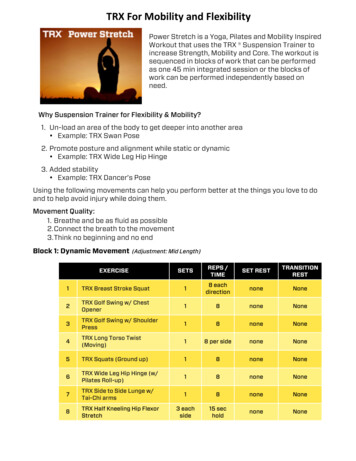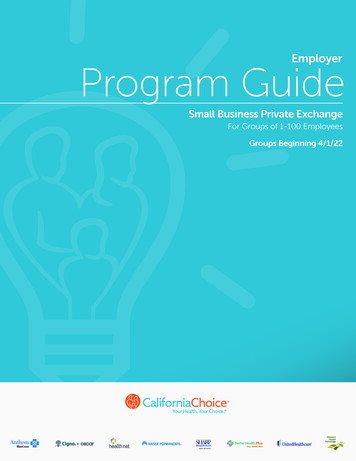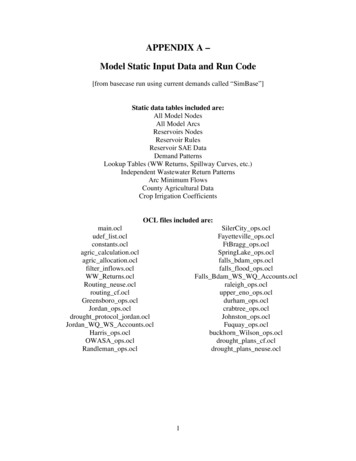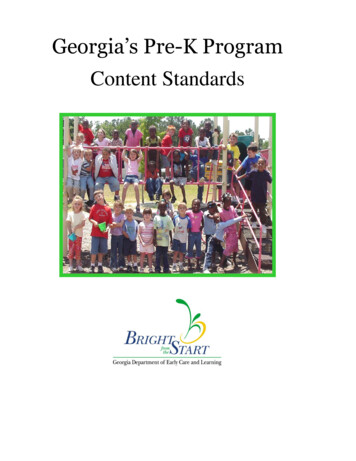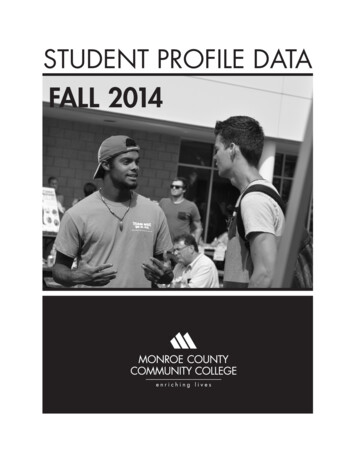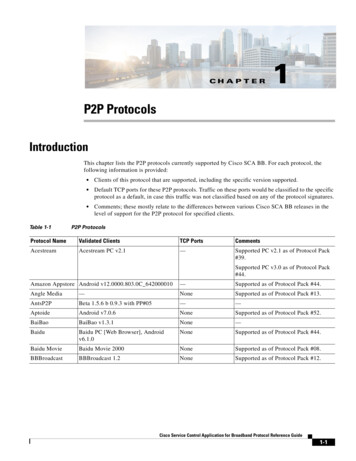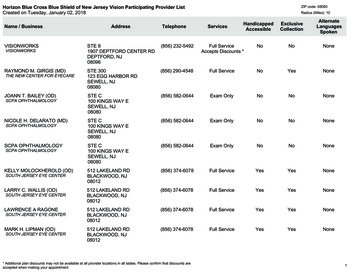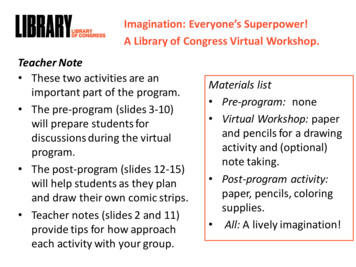
Transcription
Imagination: Everyone’s Superpower!A Library of Congress Virtual Workshop.Teacher Note These two activities are animportant part of the program. The pre-program (slides 3-10)will prepare students fordiscussions during the virtualprogram. The post-program (slides 12-15)will help students as they planand draw their own comic strips. Teacher notes (slides 2 and 11)provide tips for how approacheach activity with your group.Materials list Pre-program: none Virtual Workshop: paperand pencils for a drawingactivity and (optional)note taking. Post-program activity:paper, pencils, coloringsupplies. All: A lively imagination!
Pre-Program Activity: Teacher NoteThe pre-program activity preparesstudents for the workshop byhaving them define and considerImagination and Creativity. Thephrases opposite will help youguide their conversations. Imagination is thinking ofthings. We use ourimaginations to formpictures in our mind, tomake mental images ofthings that are not real.A prompt to think about comics and Creativity is doing. Wecomic book characters (slide 9)use creativity to turnreadies students for our virtualwhat we imagine intodiscussion and for creating theirreality.own cartoons after the workshop.
Imagination: Everyone’s Superpower!A Library of Congress Virtual WorkshopWe’re excited to have you join us for avirtual workshop on Imagination!This activity will help you to get readyto chat with us during the program.“The Thinker” statue, early 1900s.Library of Congress Prints and PhotographsLet’s begin with some big questions Testing
Carol Highsmith ArchiveLibrary of Congress Prints and PhotographsWhat is Imagination?How would you explainimagination to someone whodoesn’t know what it is?Talk about what you might say.Imagination comes from a Latinword “imaginari”, which meansto picture oneself. That mighthelp you to define it.
How do we use our imaginations?We can think of anything withour imaginations – objects,people, places, things thatdon’t even exist.What sort of things do you useyour imagination for? Think ofsome examples then shareyour ideas as a group.Carol Highsmith ArchiveLibrary of Congress Prints and Photographs
Why is imagination so important?What is it for?Our imaginations open all kinds of doors – they take usto places no one has gone before.Once you’ve imagined something new, exciting ordifferent, you can make it real by using Creativity. Thinkof a way to describe this word.Creativity is making, doing, or inventing.We use creativity to turn what we imagine into reality.
Imagination Creativity InventionLibrary of Congress Prints and PhotographsInventors use imagination andcreativity to make life easier.30 second group exercise:Using the chat box (or a piece ofpaper), list as many inventionsas you can think of.Share your ideas.In the workshop we’ll talk aboutinventors whose Imagination Creativity changed the world.Sewing by hand, and by machine
Library of Congress Prints and PhotographsImagination Creativity EntertainmentDuring the workshop we’lltalk about a product ofimagination that providesfun and entertainment –Comics!You’ll see examples fromthe amazing comic bookcollection at the Library ofCongress, like this 1928sketch for a Mickey Mousecomic.
To get ready for the workshop, think about: Your favorite comics, orcharacters in comic booksand graphic novels. Why you like them or whatyou know about them. What kind of superhero orcharacter you wouldimagine and create for yourown comic strip.Boys sharing a comic book in New Mexico, 1940.Library of Congress Prints and Photographs.Be ready to share your ideas when we meet. You’ll developyour own comic after the virtual workshop, so let yourimaginations run riot!
Library of Congress Prints and PhotographsWe look forward to seeing you and exploringImagination: Everyone’s Superpower!Strongman flexing his muscles, 1901.
Post-Program Activity: Teacher NoteIn this activity, students will drawon the discussions in theworkshop to think up and createtheir own comic strips.The next four slides will helpthem organize their ideas beforethey start drawing.Students will need pencils, paperand any coloring materials theychoose to use. Encourage children to embracetheir own, unique drawing style.As we discussed, there is no rightor wrong way to draw. Point out that simplicity can bevery effective. Emphasize the importance of: Character, story, settingand speech A beginning, middle andend to their comics.
Be a Comic Creator!Drawing Your Comic.You’ll need pencils and paper for this activity,but the most important tool is yoursuperpowerful imagination!Remember, we all have different styles, but.everyone can draw.Collect ideas and doodles on a piece of paper.Then use these notes to create your comicstrip.Think about what we talked about and saw inthe virtual workshop. Don’t forget to includecharacters, story, setting and speech in yourcomic.Carol Highsmith ArchiveLibrary of Congress Prints and Photographs
Next stepsReady to warm up?Quickly doodle 10 shapes on apiece of paper – circles, blobsor whatever you like.Add details to create faces,arms or legs.See how you can create allkinds of characters by addingjust a few lines or shapes?Time to make a plan.Who are your maincharacters? What will happento them?Think of ideas for the threeparts of your story – thebeginning, the middle and theend.You can talk or think your ideasthrough or write notes on apiece of paper.
Putting your comic strip together You can use the outlineon the next slide as aguide for your comicstrip. Think of a title for yourcomic and add yourname, as artist andcreator.Hint 1: When yourcharacters talk or think,write the words first, andthen draw the speechbubbles around them.Then you’llknow thatthey will fit!Hint 2: Draw your whole strip in pencil first,to get your story organized. Then you can goback and add color.
The Adventures of(Your character’s name)By(Your name)Time to start drawing!You can draw a strip likethis one, or create yourown outline if you’d likemore panels.Show your finishedcreation to friends andfamily.We’d love to see yourcomics too! Your teachercan send them to us at theLibrary if you’d like toshare.
Putting your comic strip together You can use the outline on the next slide as a guide for your comic strip. Think of a title for your comic and add your name, as artist and creator. Hint 1: When your characters talk or think, write the words first, and then draw the speech bubbles around them. Then you'll know that they will fit!
